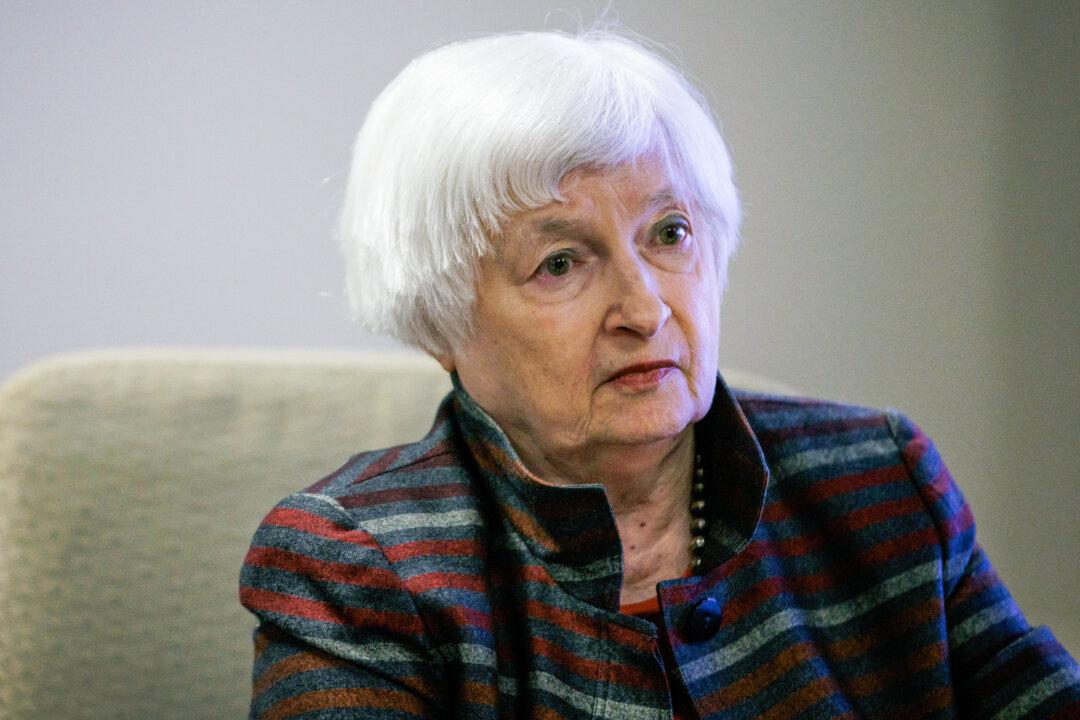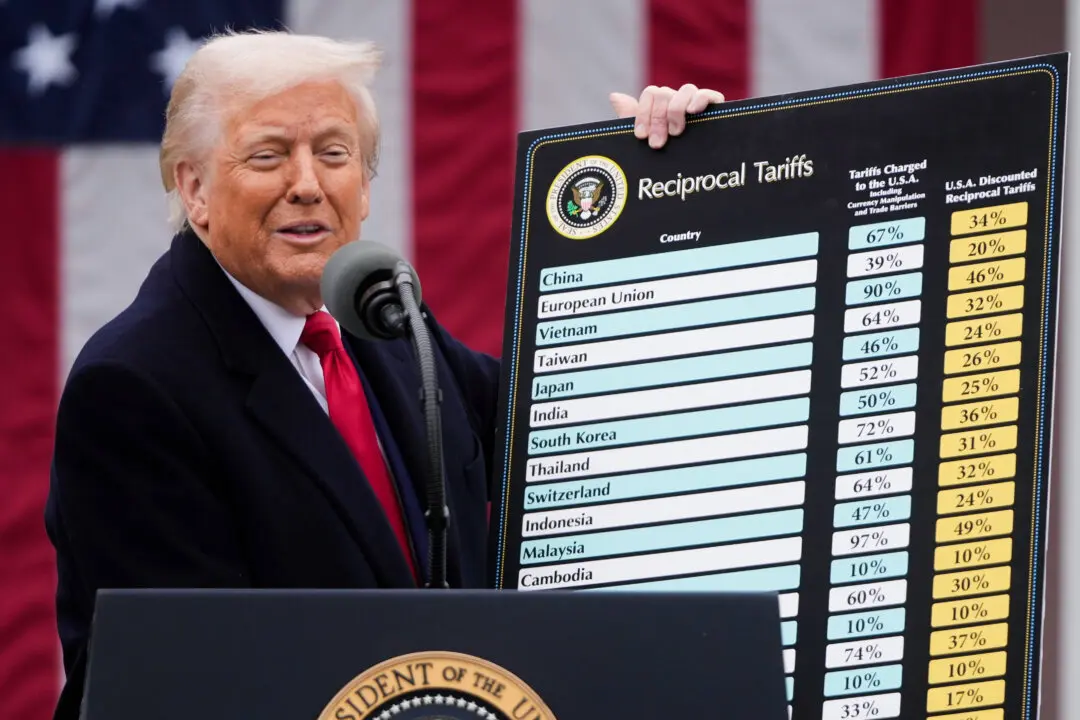The Treasury Department doesn’t expect to boost the issuance of short- and long-term debt securities for “several quarters,” dismissing potential risk amid the vast budget deficit.
Ahead of next week’s quarterly refunding auction, Assistant Secretary for Financial Markets Josh Frost announced that the department will offer $125 billion of government bonds to raise a fresh injection of cash.






